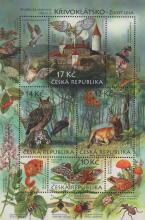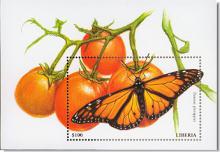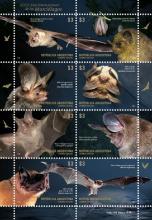Verjagen Pestizide Fledermäuse aus Höhle?
- Read more about Verjagen Pestizide Fledermäuse aus Höhle?
- Log in to post comments
Die Sontheimer Höhle gilt als größtes natürliches Fledermausquartier der Schwäbischen Alb. Ein weniger erfreuliches Ergebnis haben Mitglieder des Höhlenvereins Sontheim notieren müssen, als sie unlängst die Fledermäuse in der Sontheimer Höhle zählten. Denn gerade mal 283 Flugtiere machten sie in der Sontheimer Höhle und der angrenzenden Kohlhaldenhöhle ausfindig, als sie diese systematisch absuchten. „Diese Zahl hat uns gar nicht gefallen“, erklärt Gunter Pantel, der mit neun weiteren Vereinsmitgliedern die Höhle ausleuchtete, jede Fledermaus zählte und notierte. Im Vorjahr waren die „Sontheimer Höhlenbären“ noch auf 471 Fledermäuse gekommen, so dass sie bei der diesjährigen Zählung einen Rückgang von 188 Tieren hinnehmen mussten. 279 Fledermäuse entdeckten sie in der Sontheimer Höhle, vier in der Kohlhaldenhöhle. „In den vergangenen Jahren war die Zahl schön steigend und erfreulich, bis wir 2012 die Rekordzahl von 471 Fledermäusen erreichten. Der deutliche Rückgang schockiert uns schon“, sagt Gunter Pantel. Für den Schwund weiß er keine genaue Begründung, vielleicht hätten die Tiere in diesem Jahr anderweitig Unterschlupf gefunden. Werner Thierfelder macht die Pestizide, die in der Landwirtschaft eingesetzt werden, für den Rückgang verantwortlich. Er glaubt, dass chemische Substanzen, die lästige oder schädliche Lebewesen töten sollen, über die Nahrungskette die Fledermäuse aufnahmen, als sie auf Insektenjagd waren. Thierfelder verweist in diesem Zusammenhang auch auf das massive Bienensterben, das in Deutschland zu beklagen sei.










